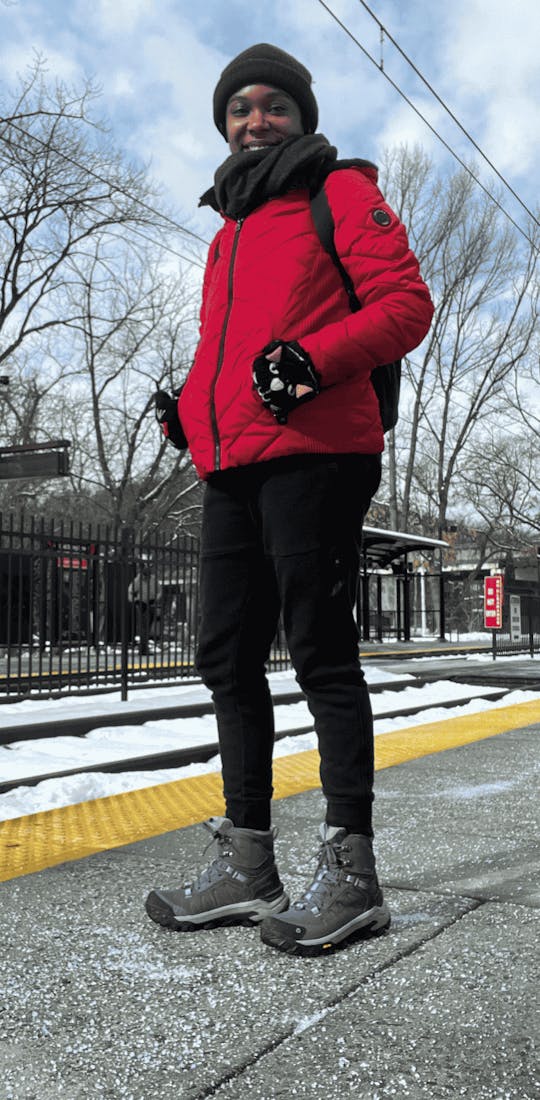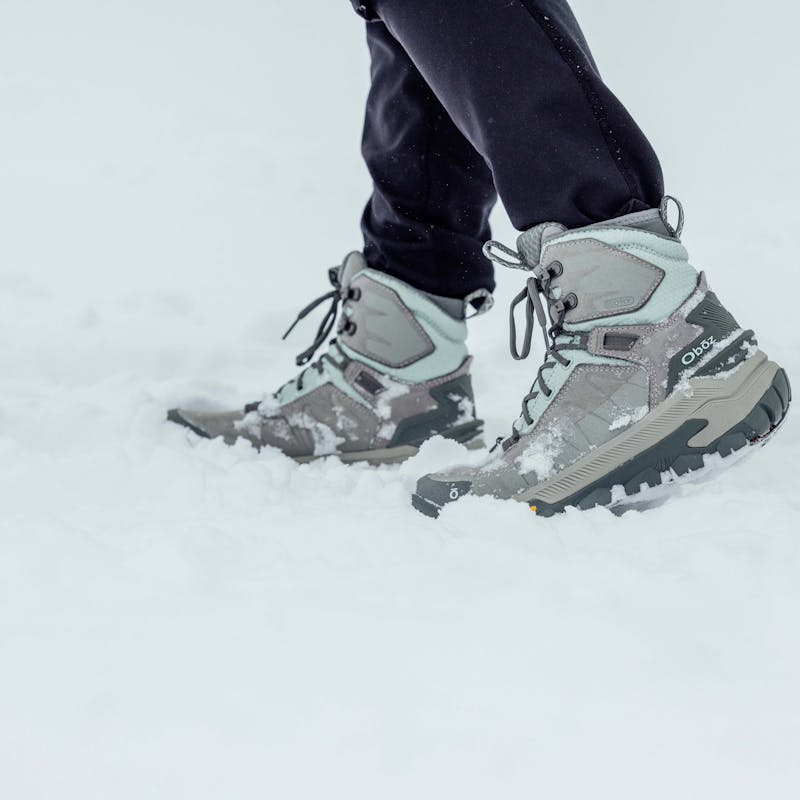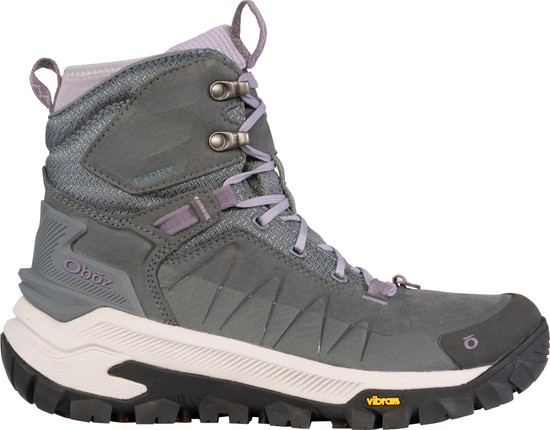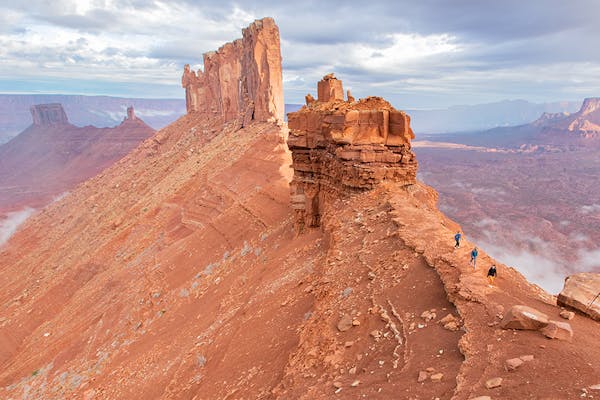Access to natural areas and green spaces has been linked to numerous health impacts including; improved air quality, reduced heat effects, improved mental and physical health, and increased biodiversity.
Often, those living in urban areas have disproportionate access to natural spaces which could cause health disparities. As a lifelong resident of Baltimore city, I reside in the “Black Butterfly,” a term coined by Morgan State University professor Dr. Lawrence Brown in 2021. The Black Butterfly is a visual representation of the shape of segregated Black communities in Baltimore, where the majority-Black population spreads out across the city's eastern and western halves, resembling a butterfly's wing. This area directly experiences lower income levels as well as health, education, and life expectancy impacts. Furthermore, for those without a vehicle to use, access to the outdoors can seem even more difficult. While this is the reality for many, there are opportunities to experience natural areas and hiking trails from public transit.
On a snowy January day I set out to visit trails using only the Baltimore trail system, to see how accessible it may be for those without a personal car.

Following a fresh overnight dusting of flurries, I set out from my home in the Black Butterfly and took a 15-minute walk towards Morgan State University’s campus to catch the bus. Wearing a base layer, a wool turtleneck, a puffer coat, wool hat, mittens, sweatpants and my warm and cozy Bangtail boots, I waited for 15 minutes in the 30° weather for the bus to arrive. I purchased a 1-day pass for $4.60 using the Maryland Department of Transportation’s Charm Pass app, and showed my pass to the driver before I found a seat. Other cities may have similar apps available - making it super easy to pay for a fare.
After a 20 minute ride I arrived at the Baltimore City Light RailLink, which is a light rail system that runs along the city’s north and south corridors. Its construction was motivated in part by a desire to establish a rail transit link to the new baseball park being built at Camden Yards for the Baltimore Orioles.

Following my 10-minute ride on the light rail, I finally made it to Lake Roland Park in Baltimore county, formerly Robert E. Lee Park which was renamed in 2015 amid debate about Confederate symbols in the wake of the shootings in Charleston, S.C. The park is over 500 acres and has many trails for hiking, biking, and strolling. There are water activities available, weather permitting, including canoeing and kayaking. Additionally, there is a nature center that offers education, arts and crafts, and event programming. Dogs can freely roam a designated area and visitors can utilize two picnic pavilions near a children's playground.
The park has two National Register Historic Districts, and is made of wetlands, meadows, mature hardwood forests, and serpentine barrens. Several species of birds also call the park home as there are nesting species, such as Baltimore Orioles, Orchard Orioles, Herons, Swallows, Woodpeckers, and Flycatchers. I decided to take the Red Trail which in total is an easy and flat 5 mile out-and-back trek. I wanted to be back home before dark and the take into consideration the departure times of the light rail and bus.
Sidenote: On the return trip the 'stop request' button was malfunctioning so the bus driver went two stops past my intended stop adding some extra mileage to my walk back home. The entire trip took about 3-hours and I was exhausted, but happy to have gotten some time outside.
A week later…
I purchased another 1-day pass and ventured out again, this time to Stony Run Trail which is an inner city 3-mile forested trail that follows Stony Run Creek. The easy and flat trail is maintained by Baltimore City Department of Recreation and Parks. It’s popular with walkers, runners, birdwatchers, and dog owners as it spans 15 neighborhoods, 3 colleges, 5 schools, and 3 city parks.

The trail is about 5.5 miles out-and-back, and there are many access points and it doesn’t have an official entrance, and many know it as Baltimore’s “secret trail.” On another snowy Saturday in my Bangtails, I caught the bus to Stony Run Trail’s access point I walked 10 minutes north from my house, and the bus was pulling up as I arrived. I rode the bus for 15 minutes, exited and walked 10 minutes towards the trailhead. Again, wanting to take into account the time it would take to return home from the hike on public transportation, I walked about 2.5 miles before heading back. The trip, in total, took 2.5 hours.
Reflecting on these outings I am grateful that although I do reside in Baltimore’s Black Butterfly, I have one park within walking distance and several trails within 30 minutes to 1 hour reach on public transit including Lake Roland Park and Stony Run.
Some do not have such convenient access. With the Transit to Trails for All act, nature lovers everywhere are optomistic that public lands become within reach for everyone through improved public transportation options, regardless of location, marginalized identity, income level, race, or ethnicity. A policy such as this can promote the physical and mental health of individuals and communities by increasing accessibility to green spaces.







